This week, I continued my research by interviewing a Singaporean restaurant owner located in central London. Through this interview, I hoped to gain a clearer understanding of how immigrant food culture adapts and develops in new urban environments.
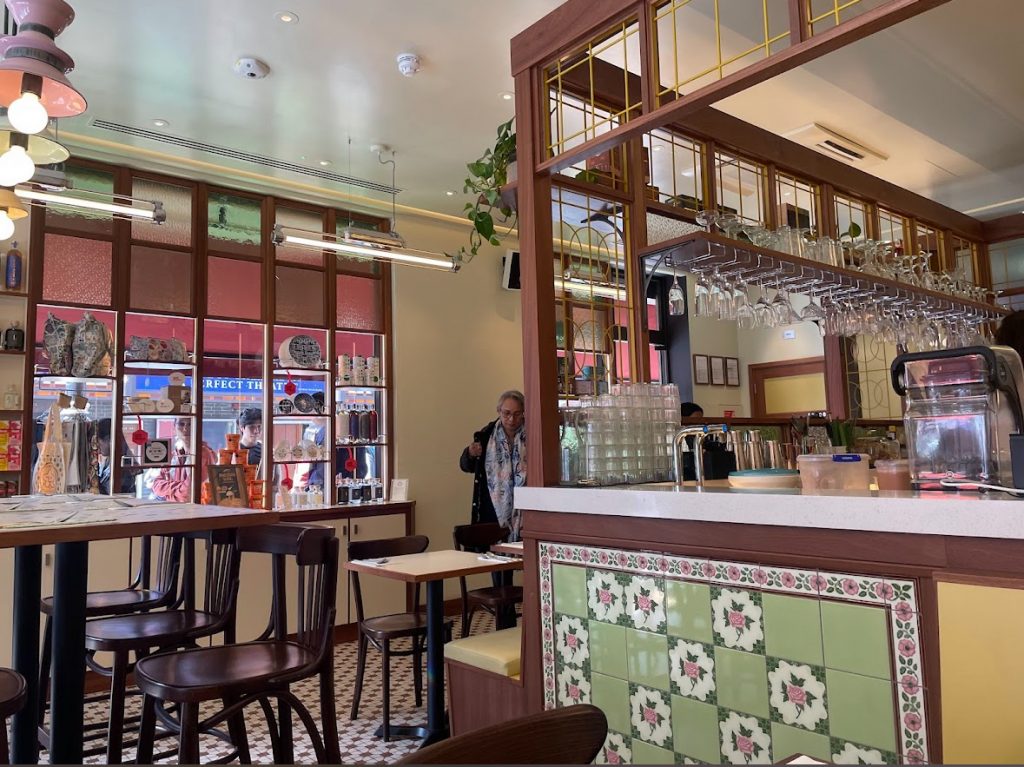

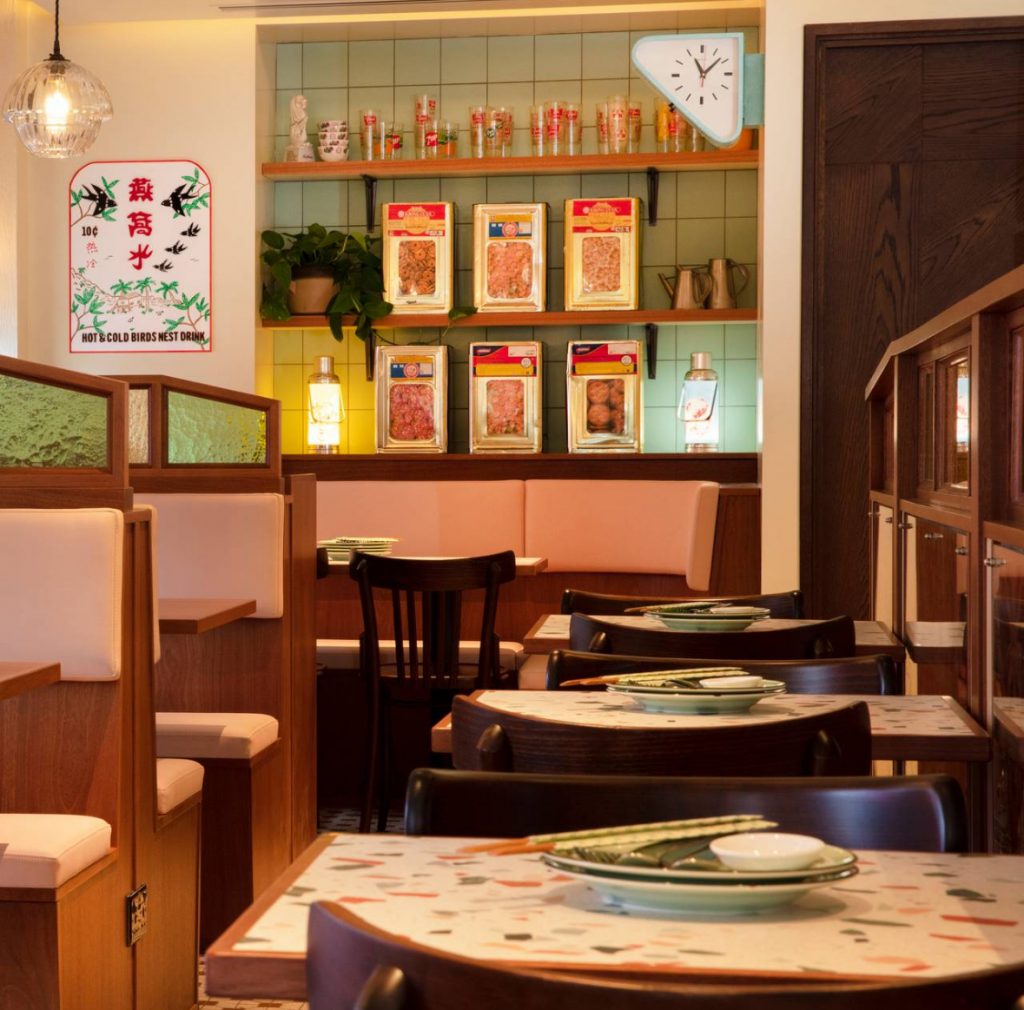
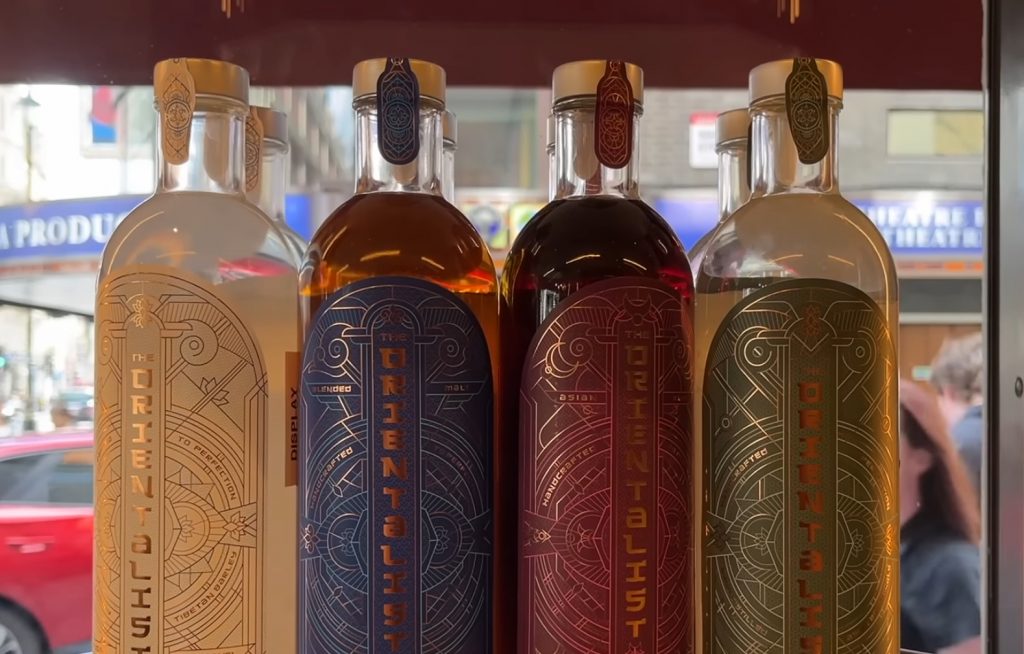
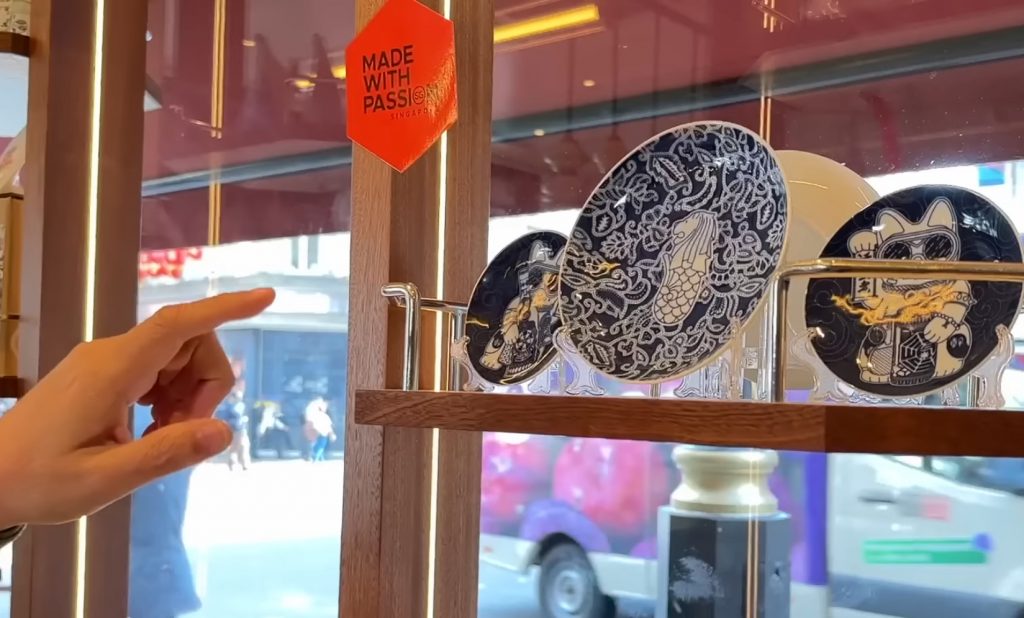
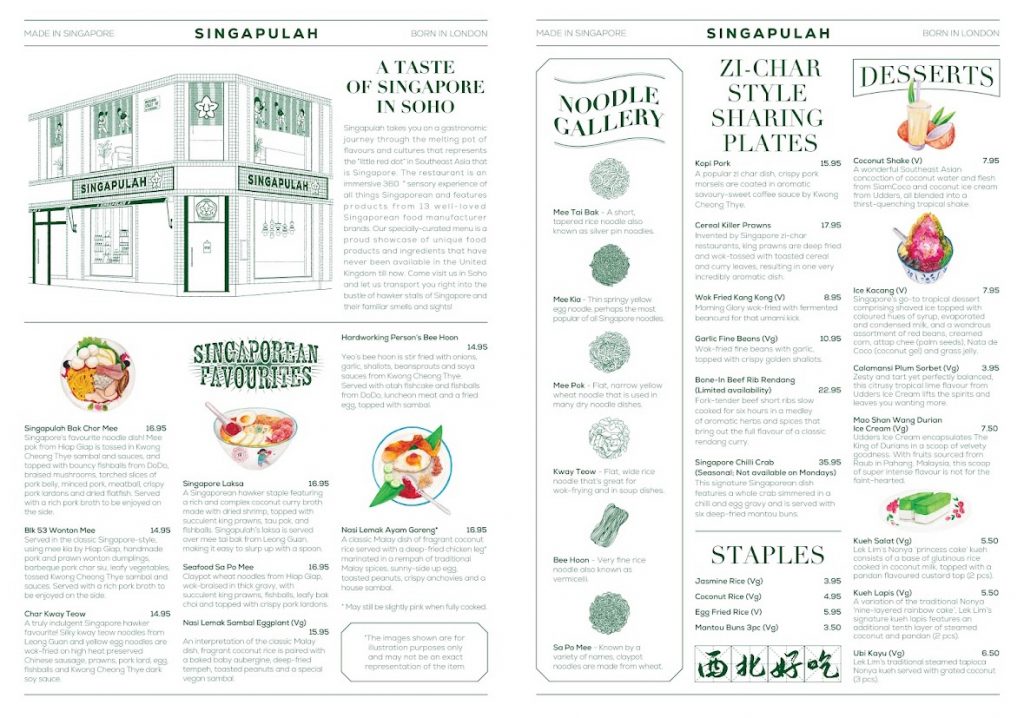
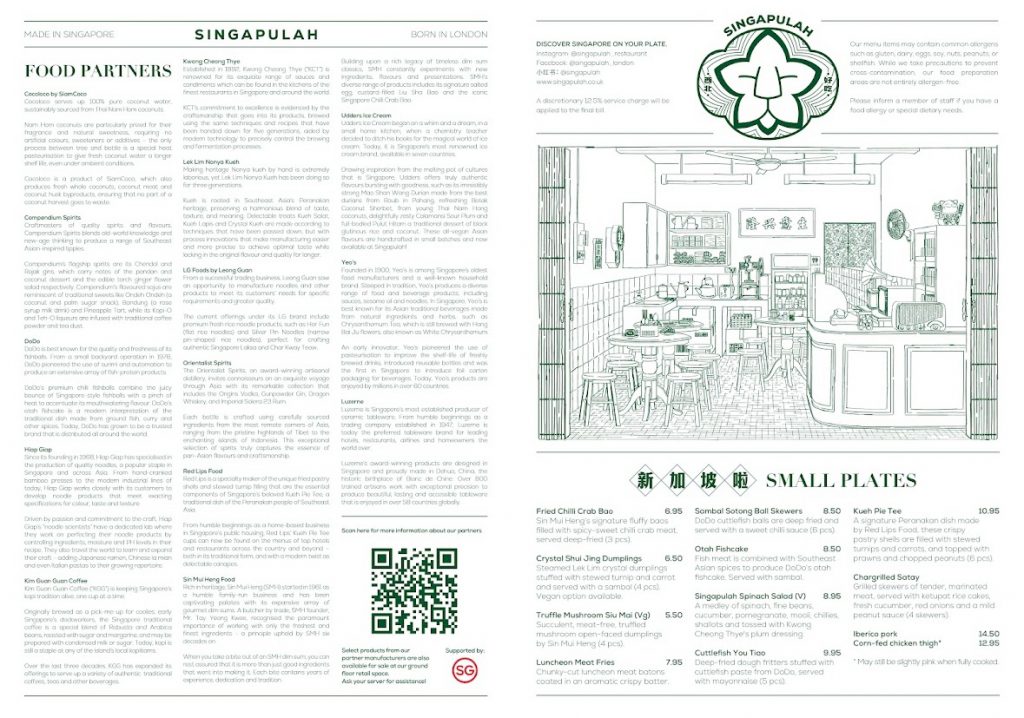
Similar to my previous interview, the restaurant owner emphasised how they preserve the unique flavours of traditional Singaporean cuisine while making necessary adjustments to cater to the UK market. This also illustrates that cultural preservation and innovation are not opposites but rather complementary processes. This realisation highlights a key topic of cross-culture communication I plan to explore further in my future research.
Meanwhile, unlike the previous interview, what stood out this time was the restaurant owner’s discussion of Singapore’s multicultural heritage, which invloved Malay, Indian, and Chinese culinary traditions. For example, dishes like Roti Prata and curry showcase the fusion of diverse ethnic influences in Singaporean cuisine. This helped me understand that immigrant restaurants are not only the place for cultural preservation but can also attract customers from different cultural backgrounds through their diverse offerings, becoming bridges for cultural exchange.
This insight is significant for my research. It made me realise that immigrant dining spaces can use their multicultural presentations to create shared cross-cultural spaces in new environments, where customers from various backgrounds can connect through food. Additionally, it reminded me of the inherent fluidity of food culture. Singapore’s multicultural heritage provides opportunities for innovation in traditional Malay, Indian, and Chinese cuisine, and when these Asian dishes are introduced to the UK, they also evolve with new adaptations. This offers a practical example of how food facilitates cultural interaction, which aligns closely with my research focus.
Another point that left a strong impression on me was the owner’s mention of bak chor mee, a traditional Singaporean dish. For Singaporean immigrants in the UK, it is not just a meal but a profound connection to their emotions and identity, allowing them to feel a sense of belonging even in a new place. This observation also prove my research ob food momory, food is not only a vital tool for cultural adaptation but also an essential medium for preserving identity and memory within immigrant communities.
Therefore, I would say one of the key takeaways from is that food play an indispensable role in fostering cross-cultural understanding by balancing tradition, innovation, and multicultural integration. As I move forward with my interventions, I hope to explore how food culture facilitates cultural adaptation and interaction more deeply, while also uncovering its potential in building meaningful cross-cultural exchanges.